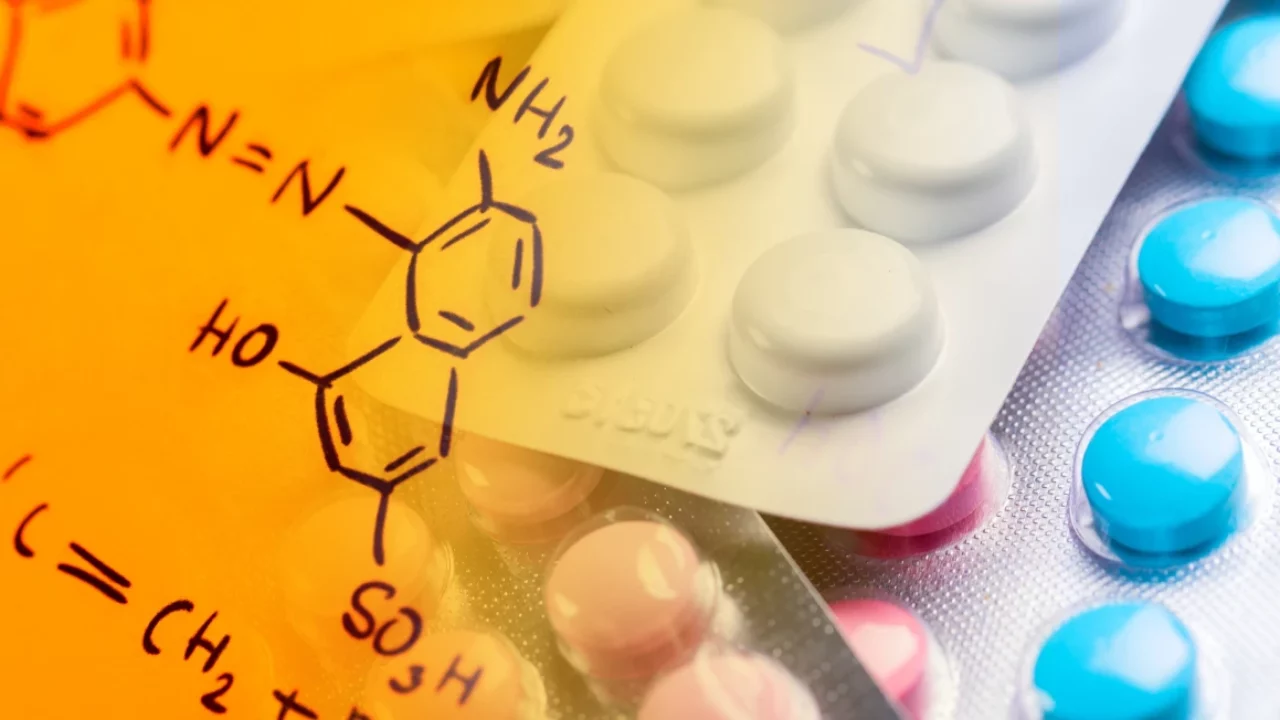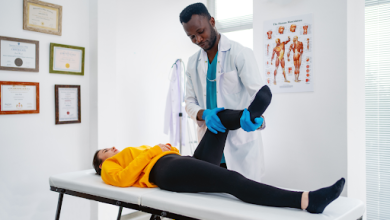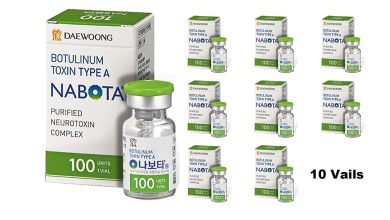The Ultimate Guide to Good Practices in the Laboratory: Are You Following Them?

Good laboratory practices are an official regulation for bioanalytical laboratories created by the US FDA in 1978. Good laboratory practices (GLP) is a robust system concerned with high-quality organization systems and conditions to plan, conduct, regulate, record, and report nonclinical and environmental safety and health studies. Therefore, GLP practices form the core of all bioanalytical testing.
The primary purpose of good practices laboratory is to ensure quality experimental data, sound laboratory management, robust testing, accurate data reporting, and safe recording. The current article is a guide to good laboratory practices in bioanalytical labs.
Test Facility and Bioanalytical Lab Personal
Each GLP lab should have dedicated personnel to control and monitor the quality assurance program. These individuals should not be involved in any regulatory work. Besides, the personnel should verify that all QA assessments conform to GLP principles.
Moreover, the study director has specific responsibilities in a GLP lab. The director approves and monitors all QA assessments and is responsible for the overall performance and report of the final study. The director confirms standard operating procedures and study plans are available and accurately followed to avoid deviations from specified protocols. Besides, the director ensures the validation of all computerized systems and accepts the responsibility of optimizing and finalizing study reports.
Similarly, study personnel also have specific responsibilities in a GLP lab. The study personnel should be well-versed in GLP principles and have access to appropriate standard operating procedures and study plans. The study personnel are assigned to record raw data, check the quality of experimental output, and exercise precautions and data integrity to minimize risk factors.
Quality Assurance
Quality control is accepting or rejecting all components of an experimental setup. This procedure helps confirm and review experimental data and negate the association of any errors.
Each bioanalytical laboratory should have a quality assurance program that confirms compliance with GLP practices. Moreover, as mentioned earlier, each quality assurance program should have a designated individual working only on the QA assessments.
Also Read: Challenges and Solutions for Good Practices Laboratory-Compliant GLP Labs in the Era of Biologics
The quality assurance personnel are responsible for maintaining SOPs and study plans and verifying that all information complies with GLP practices.
GLP Lab Facilities
Good laboratory practice requirements include a test facility of appropriate size, location, and construction that fulfills study requirements and minimizes any interference or disturbances affecting the validity of an experimental setup. Besides, the design must incorporate appropriate separation of designated departments to ensure that different functions do not affect each other.
GLP labs may minimize interference by separation through two approaches: physical and organizational separation. In physical separation, GLP labs can build doors and walls or use isolators for separating individual departments. In organizational separation, GLP labs can have defined work areas within the same laboratory to facilitate separation and cleaning between operations and isolate laboratory staff.
Test Systems
All equipment and systems should be placed suitably with adequate capacity and appropriate designs. All equipment should have a record mentioning the name of the equipment, manufacturer model serial number, and a copy of operating instructions.
Also Read: MSD Assay Services: A Comprehensive Guide to Understanding and Optimizing Your Results
All test systems should be periodically cleaned, maintained, calibrated, and inspected according to SOPs. Besides, all these activities should be appropriately recorded.
Test systems should be calibrated based on national and international standards. Besides, all instrumentations should be routinely validated.




